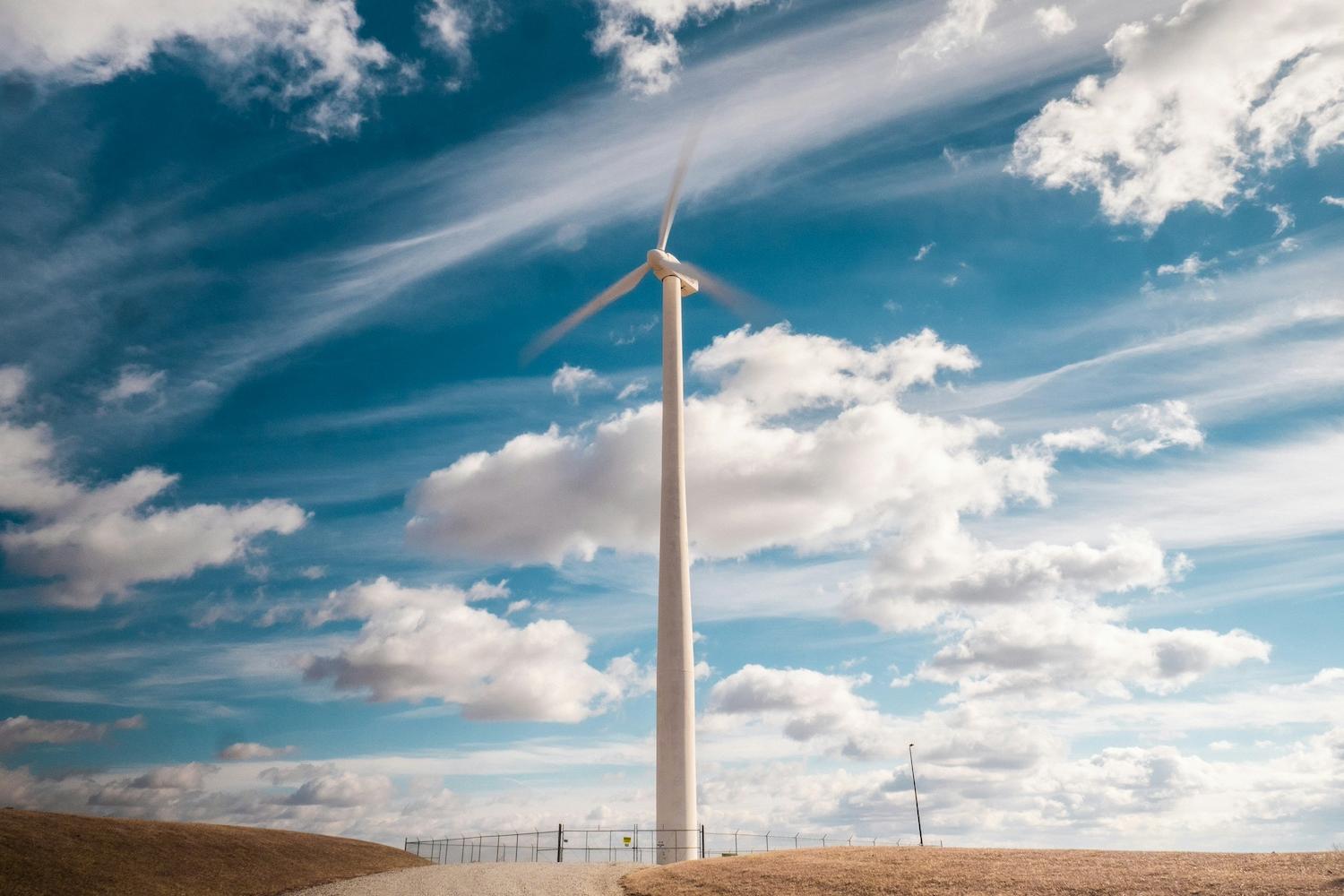
(Image: Bill Griepenstroh/Unsplash)
The explosive growth of the data center industry has utility companies and other stakeholders leaning on conventional energy solutions to fill the surge in electricity demand, including nuclear power plants, coal and natural gas. Nevertheless, alternatives are emerging to ensure the outdated energy systems of the 20th century do not become permanent fixtures in the 21st century.
New sources of renewable energy are coming
Nuclear energy provides zero-emission electricity 24/7, but the expense is excessive, and the timeline from proposal to operation can take decades. Whereas the relatively low cost of fossil power masks a vast array of hidden expenses, including public health impacts on local communities alongside the global climate crisis.
Conventional, land-based wind and solar farms are part of the solution. Data center stakeholders like Microsoft are factoring grid-supplied wind and solar power into their carbon accounting. Others are replacing diesel-fueled emergency backup generators with batteries recharged with renewables.
Innovative new resources also include:
Agrivoltaics and floating solar
Agrivoltaics is an emerging science that deploys specially designed solar arrays that allow farming to continue at the site, providing new opportunities for rural solar developers to overcome concerns over the use of farmland for electricity generation. Similarly, new floating solar technology can be deployed on reservoirs and other existing water infrastructure in cities, suburbs and rural areas.
Geothermal energy and hydropower
In the past, suitable sites for geothermal and hydropower development were confined to scattered locations with the required characteristics naturally in place. New technology is expanding the range of suitable near-surface geothermal sites, such as a community heating project underway in Chicago. Deeper, enhanced geothermal systems are also bringing geothermal opportunities to many more parts of the country. In a related trend, new hydropower technology can potentially upgrade thousands of existing, non-powered dams for local electricity generation. Waterways and canals also provide additional opportunities.
Wave and tidal energy
New wave energy conversion devices can be attached to shoreline infrastructure or floated off coastlines without drawing aesthetic objections from local communities. Tidal energy is also being tapped for electricity generation, with two early-adopter states being Maine and Alaska. The United States Department of Energy estimates that marine energy alone — including inland waterways and offshore resources — have the potential to provide almost 60 percent of current U.S. electricity demand.
Clean hydrogen
Replacing natural gas with water, municipal wastewater, biogas, agricultural waste, and other renewable resources in the hydrogen supply chain is another focus of attention. Although sustainable hydrogen is currently expensive, innovators are working to bring system costs down, one example being a new electrolyzer membrane from the startup Evoloh in collaboration with 3M.
Policy matters
The U.S. has yet another vast, all-but-untapped form of renewable energy at hand in offshore wind energy. A new study from the University of Colorado, Boulder, indicates that proposed offshore wind farms for the six New England states — Connecticut, Maine, Massachusetts, New Hampshire, Rhode Island and Vermont — could provide about 60 percent of the electricity demand in the region, even taking into account the “wake effect” in which some turbines block others from full access to wind resources.
Unfortunately, the U.S. offshore wind industry is a living demonstration of the power of local communities, vote-seeking politicians and fossil energy stakeholders to delay or outright cancel offshore projects — dating from the early 2000s up through the first Trump administration. The wind-friendly Joe Biden administration finally managed to shepherd multiple offshore projects through the required process for obtaining wind leases in federal waters, but a fresh wave of uncertainty is following President-elect Trump into his second term in office.
In widely reported remarks last month, Trump pledged to shut down the offshore wind industry “on day one.” Coincidentally or not, earlier this week Connecticut announced it is withdrawing from a first-of-its-kind multistate offshore wind project, though officials cited high costs rather than political considerations.
The energy efficiency angle
Regardless of federal policy, data center developers can continue pushing the envelope in favor of renewable energy by adopting new energy conservation strategies. To help motivate rapid uptake, innovators are focusing on the primary goal of saving money along with cutting carbon emissions.
The sustainable cooling technology startup Ener.co, for example, has deployed its energy-saving coating to condenser coils at three dozen urban data centers in the U.S. under the wing of Verizon. The company reportedly plans to expand the program, and it has a solid bottom-line case for doing so.
“The project achieved a 30-month payback period through energy savings and is projected to save an additional $16 million for Verizon’s data centers over the next decade” on top of an initial $1.28 million in savings, Facilities Dive reports. Greenhouse gas emissions related to the 36 data centers are cut by 1,700 metric tons per year, too.
Global artificial intelligence stakeholders like Amazon Web Services are introducing new energy efficient cooling systems and power management tools. Another example is the Taiwanese firm Zettabyte, which is forming new partnerships to produce cost-saving energy efficiency solutions.
For the future, researchers are exploring next-generation energy efficient data center technologies such as a new room temperature probe-based format that provides four times the data density over conventional coding. Another futuristic data center solution involves sending AI data centers into space, where they can be powered 24/7 by solar energy while the ambient atmosphere provides a passive cooling effect.
Data center stakeholders don’t need to wait for the future, though. They can keep pursuing available energy efficient technology today, and keep pushing for local, state, and federal policies that expand and accelerate access to renewable energy here on Earth.

Tina writes frequently for TriplePundit and other websites, with a focus on military, government and corporate sustainability, clean tech research and emerging energy technologies. She is a former Deputy Director of Public Affairs of the New York City Department of Environmental Protection, and author of books and articles on recycling and other conservation themes.














